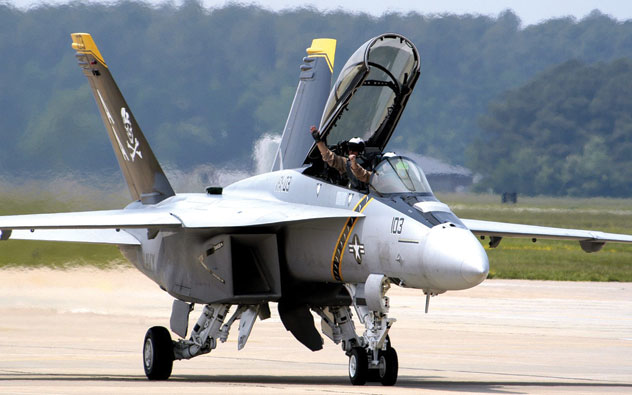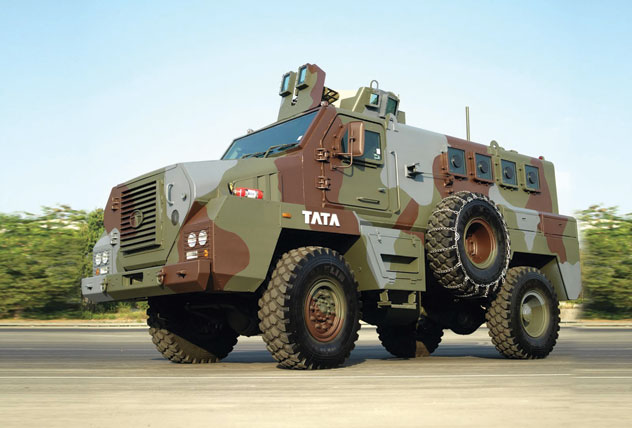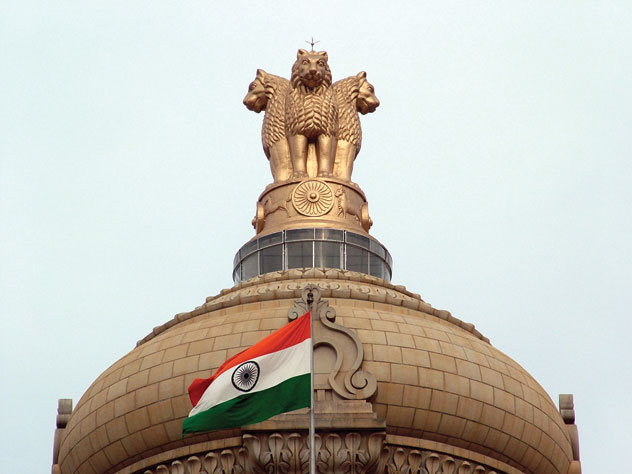|
|
|
ADVERTISEMENTS
|
|
PREMIUM
- HAPPY HOLIDAYS!
- Siliconeer Mobile App - Download Now
- Siliconeer - Multimedia Magazine - email-Subscription
- Avex Funding: Home Loans
- Comcast Xfinity Triple Play Voice - Internet - TV
- AKSHAY PATRA - Bay Area Event - Sat. Dec 6
- Calcoast Mortgage - Home Loans
- New Homes in Silicon Valley: City Ventures - Loden Place - Morgan Hill
- Bombay to Goa Restaurant, Sunnyvale
- Buying, Sellling Real Estate in Fremont, SF Bay Area, CA - Happy Living 4U - Realtor Ashok K. Gupta & Vijay Shah
- Sunnyvale Hindu Temple: December Events
- ARYA Global Cuisine, Cupertino - New Year's Eve Party - Belly Dancing and more
- Bhindi Jewellers - ROLEX
- Dadi Pariwar USA Foundation - Chappan Bhog - Sunnyvale Temple - Nov 16, 2014 - 1 PM
- India Chaat Cuisine, Sunnyvale
- Matrix Insurance Agency: Obamacare - New Healthcare Insurance Policies, Visitors Insurance and more
- New India Bazar: Groceries: Special Sale
- The Chugh Firm - Attorneys and CPAs
- California Temple Schedules
- Christ Church of India - Mela - Bharath to the Bay
- Taste of India - Fremont
- MILAN Indian Cuisine & Milan Sweet Center, Milpitas
- Shiva's Restaurant, Mountain View
- Indian Holiday Options: Vacation in India
- Sakoon Restaurant, Mountain View
- Bombay Garden Restaurants, SF Bay Area
- Law Offices of Mahesh Bajoria - Labor Law
- Sri Venkatesh Bhavan - Pleasanton - South Indian Food
- Alam Accountancy Corporation - Business & Tax Services
- Chaat Paradise, Mountain View & Fremont
- Chaat House, Fremont & Sunnyvale
- Balaji Temple - December Events
- God's Love
- Kids Castle, Newark Fremont: NEW COUPONS
- Pani Puri Company, Santa Clara
- Pandit Parashar (Astrologer)
- Acharya Krishna Kumar Pandey
- Astrologer Mahendra Swamy
- Raj Palace, San Jose: Six Dollars - 10 Samosas
CLASSIFIEDS
MULTIMEDIA VIDEO
|
|
|
|
|
SUBCONTINENT:
Challenges and Opportunities: India's Defense Production Policy
With the recent security concerns, India has embarked on a grand scheme of defense modernization, write Bharath Gopalaswamy and Guy Ben-Ari.

(Above): The U.S.-made F-18 fighter jet.
In response to security concerns in the neighborhood and as it emerges as a regional superpower, India has embarked on a grand scheme of defense modernization. A recent study published by the Stockholm International Peace Research Institute (SIPRI) places India as the largest importer of arms between 2006 and 2010 and estimates the modernization of the industry at $80 billion. With annual GDP growth rates between 7 and 9 percent in the past decade and the government’s commitment to steady investments in military capabilities, India’s spending on defense as a share of its GDP has remained relatively steady at 2.5 to 3 percent. Consequently, India’s defense budget has grown by 64 percent (in real terms) since 2001 – reaching $36.3 billion in the 2011-2012 budget – and enabled the implementation of long-term acquisition plans.
India therefore possesses both the desire and the ability to make significant strides in modernizing its military. Of the total defense budget, approximately 40 percent ($14.5 billion) is allocated to the defense capital outlay budget, which funds arms procurements, construction and maintenance of installations, additional infrastructure, and other military equipment modernizations. Interestingly, the Indian Air Force has experienced a 6 to 7 percent growth in its share of the capital outlay budget over the past decade, while the Indian Army and Navy have seen their shares decrease. The Air Force also receives the lion’s share – 40 percent – of the current capital outlay budget, while the Army and Navy receive 25 and 20 percent, respectively. The remainder is spent on R&D and military production elements in the Ministry of Defense.

(Above): Indian-made Tata 4x4 Mine Protected Vehicle.
However, unlike in the past, India hopes that the current military modernization efforts will not rely predominantly on imports. In January 2011, India’s Defense Minister unveiled India’s first ever Defense Production Policy (DPrP). The DPrP was prepared with inputs from various stakeholders from both government and industry. These included the three Services, the Coast Guard, the Integrated Defense Staff, the Defense Research and Development Organization (DRDO), the Indian Industry Associations (IIA), the Confederation of Indian Industries (CII), and the Federation of Indian Chambers of Commerce and Industry (FICCI).
Two key elements drive the desire for increasing the capacity of the domestic industrial base supporting defense: a desire to boost domestic defense-related sectors of industry and the belief that providing for its own defense requirements is indicative of being a global power. And contrary to past efforts at achieving this goal, the recently released DPrP is significant in that it concisely articulates the Ministry of Defense’s agenda for supporting a domestic defense industrial base, rather than couching these intentions in dense procurement documents. Moreover, the DPrP highlights the need for greater involvement by the country’s private sector (including small and medium-size enterprises) and for broadening the country’s defense research and development base.
The DPrP, which came into immediate effect, states that priority will be given to indigenous design, development and manufacture of defense equipment. In instances where the Indian industry is not able to deliver, procurement from foreign sources will be sought. The decision to procure from foreign sources will depend on the urgency of the requirement of the equipment and the time required to deliver the equipment. In cases where foreign sources are considered, the Indian Ministry of Defense will deliberate a multitude of approaches such as public-private partnerships, joint ventures and formation of consortia.
 Implementing the DPrP presents significant challenges and opportunities for policymakers and industry in India and amongst its international partners. For Indian defense officials, key challenges to be addressed include: what is expected of the domestic industrial base? Does India have the required workforce? Will the level of defense investments match expectations? What lessons in building a domestic industrial base can India learn from other sectors? Key opportunities include the opportunity to leverage its position to strike unique and innovative partnerships, both industrially and politically, to negotiate for more generous technology transfer and to create a globally competitive defense and security industrial base. Implementing the DPrP presents significant challenges and opportunities for policymakers and industry in India and amongst its international partners. For Indian defense officials, key challenges to be addressed include: what is expected of the domestic industrial base? Does India have the required workforce? Will the level of defense investments match expectations? What lessons in building a domestic industrial base can India learn from other sectors? Key opportunities include the opportunity to leverage its position to strike unique and innovative partnerships, both industrially and politically, to negotiate for more generous technology transfer and to create a globally competitive defense and security industrial base.
For India’s international partners, especially the United States, which is expected to see a reduction in its defense budgets in the coming years, the Indian defense market will be a lucrative one. However, while business opportunities in India will be abundant, it is advisable for these partners to view the Indian defense market in the context of a broad strategic partnership that includes opportunities for engagements on issues such as counterterrorism, Maritime Domain Awareness and Space Situational Awareness. As the DPrP is implemented, it will cover not just defense companies, but a broader array of aerospace, IT, and security sectors that international partners would do well to identify in advance.
India’s DPrP is a significant document in that, for the first time, an agenda is articulated by the Ministry of Defense (MoD) to bolster the domestic industrial base supporting defense. In addition, this document highlights the need for greater involvement and participation from the country’s private sector (including small and medium-size enterprises) and for broadening the country’s defense and research development base. India’s first ever DPrP presents momentous opportunities for India and its international partners. The Indian Ministry of Defense should leverage this position by being more receptive to innovative and creative partnership agreements, and international partners would benefit from taking a strategic approach to the emerging defense and security industrial base in the country.
The above article has been taken from ‘India in Transition’ (IiT) published by the Center for the Advanced Study of India (CASI) of the University of Pennsylvania. All viewpoints, positions, and conclusions expressed in IiT are solely those of the author(s) and not specifically those of CASI. © 2011 Center for the Advanced Study of India and the Trustees of the University of Pennsylvania. All rights reserved. [http://casi.ssc.upenn.edu].
|
 |
(Left): Bharath Gopalaswamy is a Scholar at Cornell University’s Reppy Institute for Peace and Conflict Studies Program.
(Right): Guy Ben-Ari is a fellow at the Center for Strategic and International Studies and Deputy Director of its Defense Industrial Initiatives Group.
|
|
|
|
|
|
|